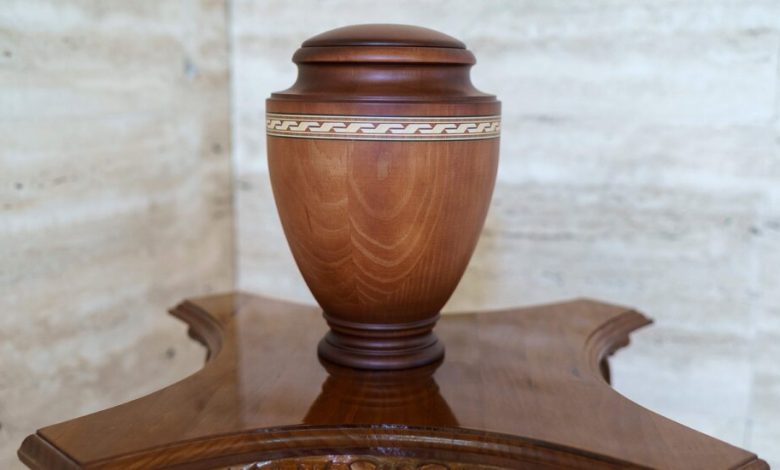Vatican Eases Rules on Preserving Cremation Ashes

The Vatican said on Tuesday that Catholic families may ask to preserve “a minimal part of the ashes” of a relative in a place of significance to the deceased, softening a previous mandate that ashes could be kept only in “sacred spaces” like cemeteries.
The instructions come seven years after the Vatican first issued guidelines to respond to what it called an “unstoppable increase” in cremation. The guidelines banned the scattering of ashes “in the air, on land, at sea or in some other way,” and said that ashes could not be kept at home.
The new instructions allow families to keep a small portion of ashes in a place that has meaning for the deceased “provided that every type of pantheistic, naturalistic, or nihilistic misunderstanding is ruled out.” In keeping with the 2016 rules, the remaining ashes had to be kept in a sacred place, the doctrinal office said, according to a note posted on the Vatican’s website.
The new rules also allow ashes to be mixed in a common urn as long as the identity of each deceased person is marked “so as not to lose the memory of their names.”
The Catechism of the Roman Catholic Church teaches that the “bodies of the dead must be treated with respect and charity, in faith and hope of the Resurrection,” preferring in-ground burial or entombment. Cremation was first permitted in 1963, and allowed as long as it was not done for reasons at odds with Christian doctrine.
The statement on Tuesday was signed by the Vatican’s doctrinal chief, Cardinal Victor Manuel Fernández of Argentina, and approved by Pope Francis. It came in response to questions by Cardinal Matteo Zuppi, the president of the Italian bishops conference, who sought “a Christian response” to address a growing number of inquiries from people asking to cremate their loved ones and scatter their ashes in nature.
Laws on cremation and the preservation of ashes vary from country to country. In Italy, it is legal to spread ashes, according to the will of the deceased, in areas that the local authorities have approved for such a purpose.
In responding to Cardinal Zuppi, the Vatican upheld the 2016 regulation that ashes should be kept “in a sacred place” to ensure that they will be prayed for and to prevent “the faithful departed from being forgotten,” as well as to prevent “any unfitting or superstitious practices,” but allowed for a “minimal part” to be disposed of as the family requested.
The Vatican did not weigh in on newer forms of disposal of human remains. One gaining popularity in North America is a liquefaction process known as alkaline hydrolysis. Another is human composting.
In March, the United States Conference of Catholic Bishops’ Committee on Doctrine issued a statement “providing principles for evaluating” these two techniques, concluding that they “fail to satisfy the church’s requirements for proper respect for the bodies of the dead,” it said.
Over the years, individual dioceses and bishops conferences have also issued guidance. The Archdiocese of St. Louis concluded that alkaline hydrolysis “in its current practice violates the dignity of the deceased human person” and called on Catholics to avoid it “until another suitable means of disposing of the liquid remnant can be established.”
In 2019, the Texas Catholic Conference of Bishops sought to stop a bill that would allow the procedure, arguing that it failed “to treat the dead with respect.”





